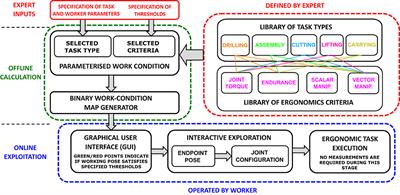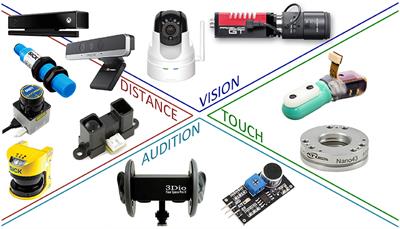EDITORIAL
Published on 15 Apr 2021
Editorial: Integrated Multi-modal and Sensorimotor Coordination for Enhanced Human-Robot Interaction
doi 10.3389/fnbot.2021.673659
- 5,263 views
19k
Total downloads
107k
Total views and downloads
EDITORIAL
Published on 15 Apr 2021
ORIGINAL RESEARCH
Published on 08 Jan 2021

SYSTEMATIC REVIEW
Published on 07 Jan 2021

ORIGINAL RESEARCH
Published on 03 Dec 2020

ORIGINAL RESEARCH
Published on 20 Nov 2020

ORIGINAL RESEARCH
Published on 29 Oct 2020

ORIGINAL RESEARCH
Published on 17 Sep 2020

ORIGINAL RESEARCH
Published on 27 Aug 2020

ORIGINAL RESEARCH
Published on 03 Jul 2020

ORIGINAL RESEARCH
Published on 17 Jun 2020

ORIGINAL RESEARCH
Published on 21 Apr 2020

ORIGINAL RESEARCH
Published on 18 Feb 2020
